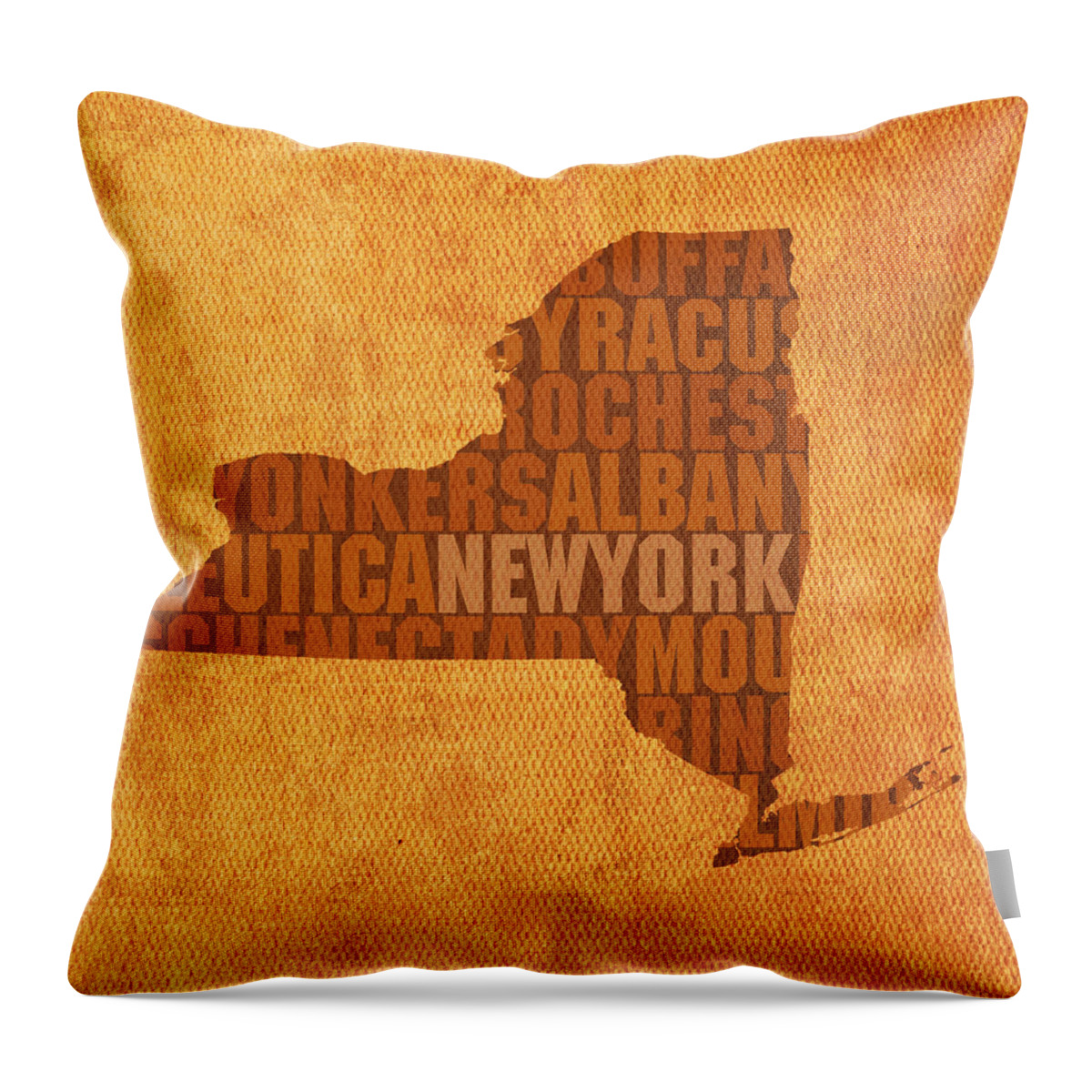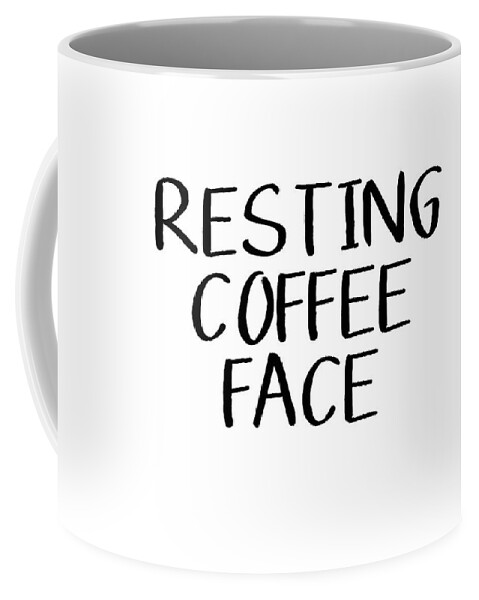| Every week we take a deep dive into a topic that affects all residents of the Hudson Valley. If you find the work we're doing valuable, please consider supporting us. Every little bit helps with our aim to fill a region-wide need for lively journalism covering issues important to our communities. If you're already a supporter: thank you! We couldn't be doing it without you! | | | | | What's wrong with rural America? Plenty, by the numbers: economic recovery isn't reaching our most rural places, the population is aging as young people flee, and so-called 'diseases of despair' are on the rise.
In a recent opinion column, economist Paul Krugman of the New York Times all but declared rural America unsalvageable: Reviving declining regions is really hard. Many countries have tried, but it's difficult to find any convincing success stories.
Southern Italy remains backward after generations of effort. Despite vast sums spent on reconstruction, the former East Germany is still depressed three decades after the fall of the Berlin Wall.
Maybe we could do better, but history is not on our side. The solution? Krugman offers little more than a shrug, writing that we should make sure everyone gets good health care and education, but that public investment in giving a boost to flagging rural economies is likely to fail. "We can't help rural America without understanding that the role it used to play in our nation is being undermined by powerful economic forces that nobody knows how to stop," he writes.
The same day Krugman's column ran, fellow New York Times opinion writer David Brooks had another take on the rural landscape: It's a sanctuary for volunteerism, neighborliness, and values the rest of America has left behind. Everybody says rural America is collapsing. But I keep going to places with more moral coherence and social commitment than we have in booming urban areas. These visits prompt the same question: How can we spread the civic mind-set they have in abundance? | |  | A poster from the Anti-Rent War, a nineteenth-century upstate New York populist movement led by tenant farmers against "patroon" absentee landlords. Source: Wikimedia Commons. | | Toward Solutions
Unsurprisingly, Krugman's column touched off a flurry of responses from people deeply invested in rural places.
As the editor of the Daily Yonder, an online magazine dedicated to rural issues, Tim Marema reads and writes widely about rural places. Over and over again, Marema writes, commentators talk about rural America in one of two ways: as a hopeless, post-apocalyptic ruin, or a pastoral oasis of home-grown values.
Marema takes issue with both. It's frustrating to encounter the same stereotypes over and over again, he says. With just a few words, the economist (Krugman) and the moralist (Brooks) trigger our customary response to rural America. It's so busted it can't be fixed, or it's so naturally good we must tread lightly lest we corrupt it. Either way, if you buy those stories, there's not much American society can do collectively to help improve conditions in rural America. If it's economically hopeless, why bother? If it's morally superior, just let them figure it out on their own. Both views stem from the same basic premise: that rural and urban America are two vastly different places, separated by economic reality and by culture. It's a false dichotomy, Marema writes: The reality is that rural and urban areas depend on each other. Each offers the other economic, cultural, social, and environmental necessities. When rural and urban are in tune, the success of one contributes to the success of the other. And, the corollary is also true: When one falters, the other is likely to experience loss. In another Daily Yonder essay, Suzanne Anarde and Matt Dunne, both nonprofit leaders in the world of rural community development and innovation, talk solutions. Anarde and Dunne argue that instead of throwing up their hands, columnists like Krugman would do better to look for examples of what's working in rural places: things like technology, broadband connectivity, support for entrepreneurship, and transitioning to clean energy. "Innovation has always been the driving force in rural America," they write. There may not be a single answer to reversing rural America's decline, but it's a challenge that should cause politicians, economists, and thought leaders to act in partnership with communities to build a distributed economy, which is healthier for the whole country. Instead of the current system, which concentrates resources in too few places and leaves talent on the sidelines, we should learn from small towns engaging in regional economic development strategies that will ensure the promise of the modern era is shared more evenly across the country. One idea that deserves more attention: Investing in rural universities, writes Bloomberg opinion columnist Noah Smith. By increasing research funding for second-tier universities in depressed areas, and by making it easier for high-paying foreign students to attend rural schools, the government can create a scattering of small thriving places throughout declining regions. A few New York Times readers took to the letters section to sound off on the issue. "Rural American history screams with the causal relationship between the introduction of policies for large-scale commodity agriculture and the never-ending farm crisis that began in the 1980s, cultural disintegration and economic unraveling of the heartland," writes Juliette Majot, director of the Institute for Agriculture and Trade Policy in Minneapolis. "You can bet that farmers in Iowa and across the Midwest, currently forced to sell their commodities at below the cost of production, know this history, and many have ideas about how to fix it. They deserve a whole lot more than "we just don't know what to do" from columnists and presidential candidates."
The Times is a favorite punching bag for conservatives, especially when its reporters and columnists wander into historically more GOP-friendly rural territory. But one of the sharpest critiques of Krugman's brand of fatalism comes from the left. Tarence Ray, cohost of the Trillbilly Worker's Party podcast, excoriates Krugman's column in an essay for The Baffler, "Get Real": Today, rural America is largely viewed as politically and culturally "a world apart," when in reality the picture is bleaker: conservatives simply maintain a stronger grasp on power in rural areas than liberals do. Liberals think that the majority of people in rural areas see this as a desirable state of affairs. Many of us don't. It's just that our voices have been erased by the overwhelming might of power and industry.
Krugman would do better to skip the psychoanalysis and examine the way power is actually constituted in rural America: to look at why and how ideology is formed, who does the forming, and what material interests are served by it. But he knows his audience, and he knows that they don't really want to know the answers to those questions because that would mean they would have to actually believe in and fight for something. And they're not going to do that. They'd rather be at brunch. | | Getting Specific
While the opinion page of the New York Times trades in vast generalizations, its reporting is often more inclined to nuance. One of the more in-depth recent articles on rural issues in the Times focused on immigration in upstate New York, and how increased enforcement is making problems for both undocumented workers and the farmers who employ them. While Krugman paints with broad strokes a picture of monolithic rural conservatism, Christina Goldbaum paints a picture of a very specific political power struggle in rural upstate New York: In Washington, lawmakers representing dairy-heavy districts have tried to reform the legal foreign workers program to include year-round dairy workers.
But so far, efforts have fallen short. These lawmakers are caught between staunch conservatives who consider any reprieve a form of amnesty and Democrats who want more comprehensive immigration reform, which would also address the Deferred Action for Childhood Arrivals program, known as DACA, and immigrants with Temporary Protected Status.
"We'll have detractors on both sides," said Representative Chris Collins, a Republican in western New York.
Still, Mr. Collins said, a solution is urgently required to keep dairy farms afloat while the political impasse over a comprehensive immigration package drags on. "There's not a single person representing dairy that doesn't understand it's a crisis, a true crisis," he said. Look beyond the generalizations, dig into the data and the issues, and it becomes clear: There isn't just one rural America. The problems and political dynamics of upstate New York are not the same as those of rural Alaska, or Iowa corn country, or the Alabama Black Belt.
The rural parts of the Hudson Valley are contending with problems felt in rural places all over the nation: population loss, opioid addiction, problems with poverty and healthcare access, the disappearance of reliable local news and information, the legacy of resource extraction, the struggle to transition from a more agrarian economy to industries that will allow us to flourish in a new world. But solutions that work in Nebraska might not work for us here.
How do our own local economic and cultural struggles fit in with the larger story of rural American places? What solutions are showing promise here in the Hudson Valley, and what public investments are failing to deliver? What strengths do we have in our communities that we can draw on? These are the stories we want to tell here at The River. | | Join the Revolution We view The River as a community effort and a community asset. If you'd like to get involved, or have ideas for what to cover, email us.
View our website, and follow us on Twitter or forward this email to a friend. The River is an ad-free platform that relies on reader support. Thank you for reading, and thank you for supporting! | | | Revisit Last Week's Issue: | | Next Week's Issue: The Local News Desert » | | | | | |
























